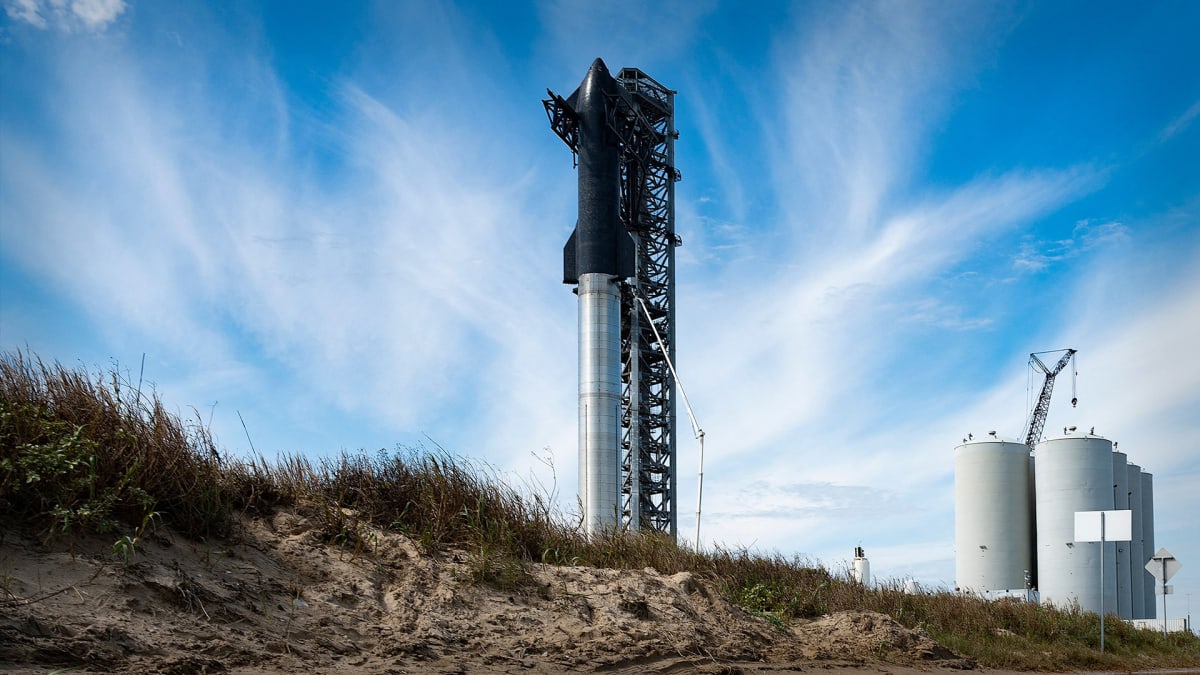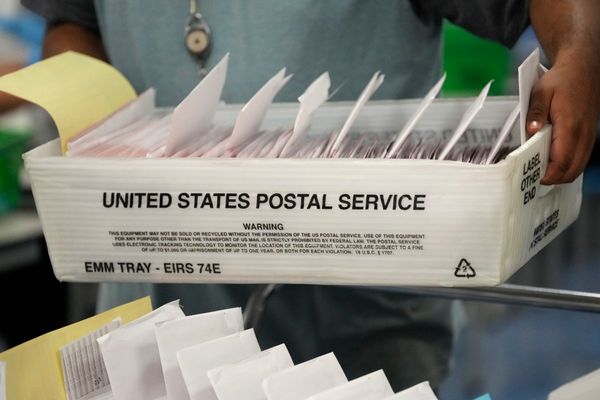
Fans of space conquest will have to wait.
Elon Musk and SpaceX, his rocket and satellite company, had to postpone on Monday the launch of the first orbital test flight of Starship, a next-generation rocket and the world's most powerful rocket.
This maiden flight was initially scheduled for April 17.
"Standing down from today’s flight test attempt; team is working towards next available opportunity," the company said, without providing a new date.
"A pressurant valve appears to be frozen, so unless it starts operating soon, no launch today," Musk explained, adding that "learned a lot today, now offloading propellant, retrying in a few days …"
SpaceX obtained the license on April 14 from the Federal Aviation Administration (FAA) and immediately announced that this flight will take place three days later from Boca Chica, Texas.
But Musk warned that the launch could be delayed for three days: "I have a feeling it might get delayed 3 days …" the Techno King said, because "there is massive uncertainty with a new launch. We don’t know exactly when it will fly."
Why is Starship Important?
The Starship and Super Heavy test flight will originate from Starbase, Texas. The booster stage will separate and will then return and perform a soft water landing splashdown in the Gulf of Mexico. The orbital Starship spacecraft will continue on its path to an altitude of approximately 250 km before performing a powered, targeted landing in the Pacific Ocean.
"For the first flight test, the team will not attempt a vertical landing of Starship or a catch of the Super Heavy booster," SpaceX says.
The orbital launch of Starship is supposed to represent a leap forward for humanity, by offering a machine capable of reaching the moon, then Mars, while carrying tons of cargo. SpaceX intends to mount Starlink satellite terminals on the Super Heavy booster and orbital Starship for this first test flight, and to use these terminals to communicate with SpaceX’s satellite constellation.
Starship, a next-generation rocket, refers to the space-transport vehicle and the upper stage of the launcher. The main stage -- that is, the booster needed to launch the Starship -- is called "Super Heavy."
It is designed to quickly replace the entire current range of SpaceX launchers and separate freight and manned transport systems. These are the Falcon Heavy and the Falcon 9, used for launching satellites, resupplying the International Space Station, and rotating crews.
SpaceX has tested the second-stage Starship spacecraft, but only on high-altitude flights rather than in orbit. The Super Heavy, on the other hand, has yet to fly.
New Measures
Successful testing of the spacecraft will pave the way for NASA to use a modified version of the Starship spacecraft to land the first woman and first person of color on the lunar surface, a mission that will take place no sooner than 2025.
The vehicle could also be deployed to ferry supplies to the moon to help build NASA's proposed moon base. NASA is currently targeting the late 2030s for the first astronaut mission to Mars.
For this launch, the FAA said it will implement various airspace measures to reduce the impact of the launch on commercial airline flights and other airspace users. The federal agency will, for example, for the first time, implement time-based procedures for a launch from Boca Chica.
"This will identify and reroute only the aircraft directly affected by the closed airspace allowing more aircraft to stay on their most optimal and efficient routes. It has previously only been used for launches from the Florida space coast," the regulator explained in an emailed statement.







